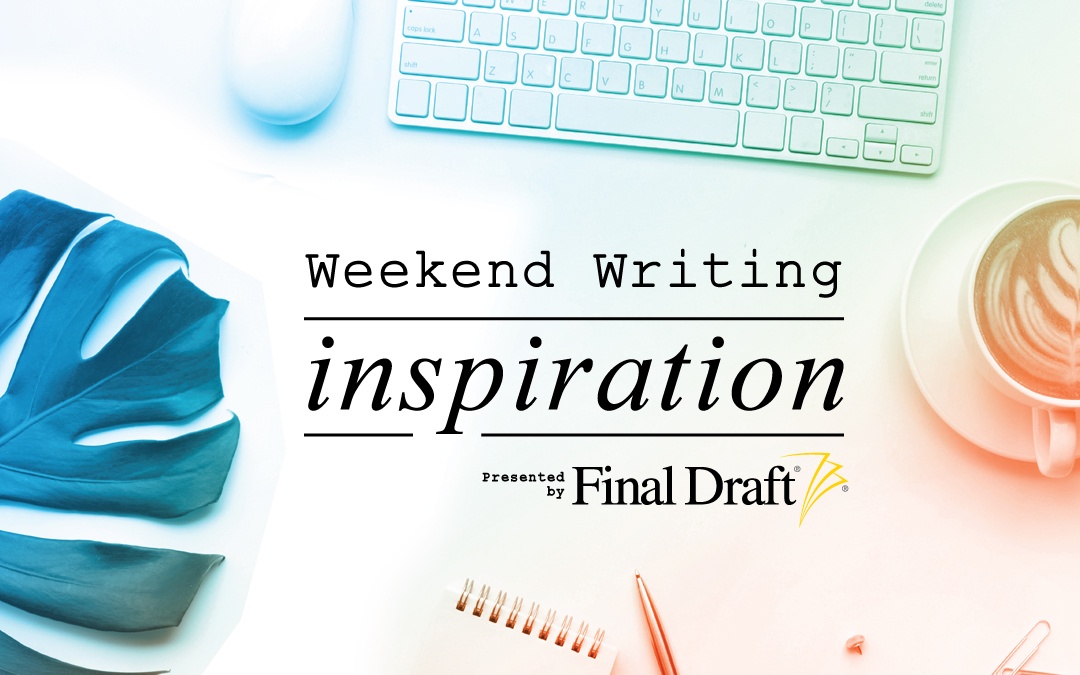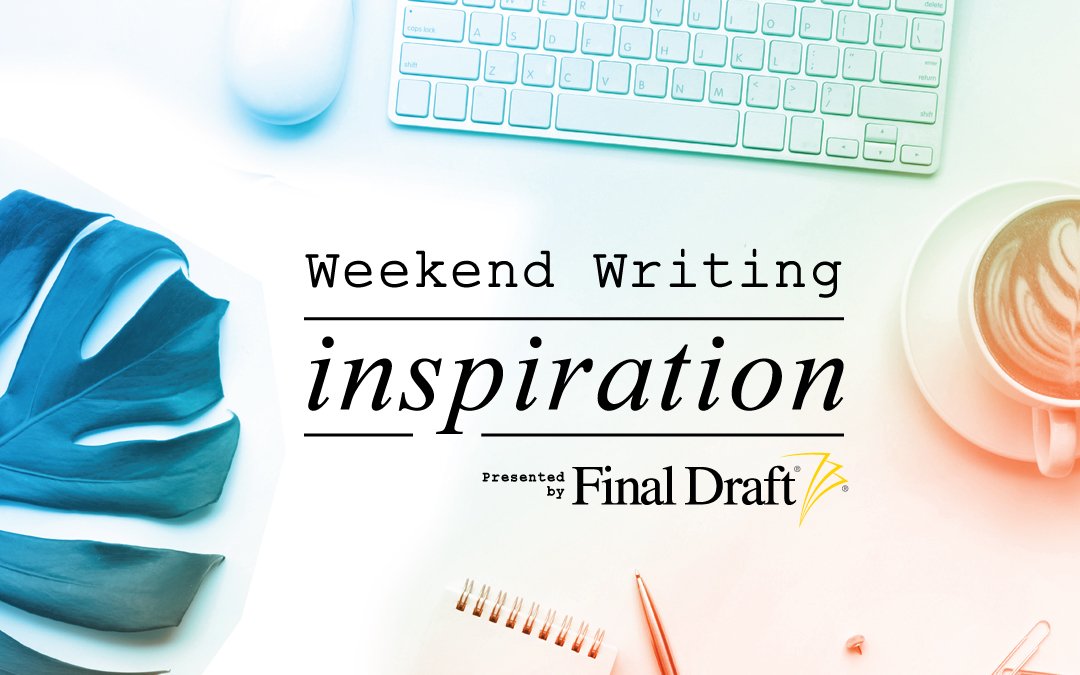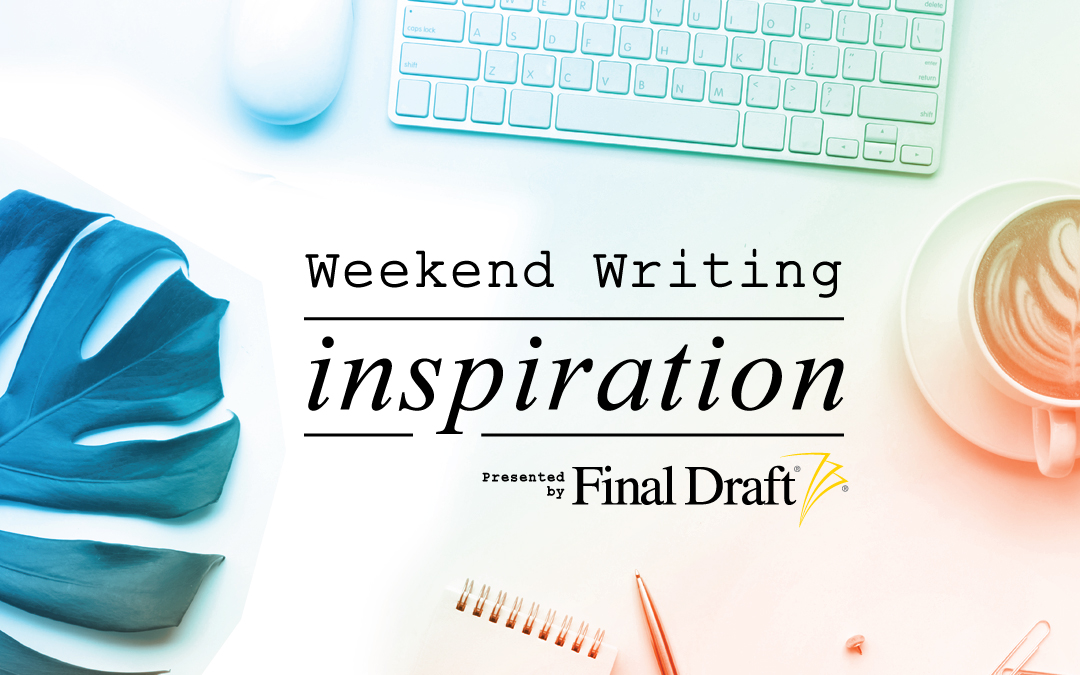Weekend Writing Inspiration: 4 Ways to Strengthen Conflict in Your Script
July 2, 2020
When your screenplay is falling flat, sagging in the middle, or you’re not getting the traction you want with the scripts you’re submitting, consider how well you’re expressing conflict in your story. Though it might seem obvious, scriptwriters often end up with scripts where the conflict is either too complex or too simple, leaving the audience to either wonder what is going on or why we should care.
Here are four ways to design conflict for clear, maximum impact in your script.
-
Design conflict that goes the distance
Conflict is the engine that drives a screenplay. In order to hook an audience, your script should establish a strong central conflict that both grips our attention and raptly holds it, right from the story setup all the way through the climax to the resolution.In Game of Thrones, for example, the overarching conflict that drives the story falls between the various characters and factions vying for control of the Seven Kingdoms. Many smaller conflicts occur along the way, but they are all driven by the greater conflict. Throughout multiple seasons, the power of this lasting, central conflict keeps us engaged until the very end, wondering who will ultimately rule from the Iron Throne.
When you’re developing your screenplay, therefore, make sure your central conflict is one that requires an entire feature, episode or series to tell. For instance, it’s difficult to successfully fuel an entire story with a misunderstanding or a character holding back on important information. You’ll need a conflict that goes the distance.
-
Design conflict for powerful opposition
Not only do we need to know what your characters want and why they want it, we also need to know who or what will try to stop them from getting it. While conflict can result from challenges, impediments and obstacles, it most clearly comes from direct opposition — someone who stands directly in the way of your protagonist achieving their goals.This is Darth Vader acting in opposition to Luke, Leia and Han. It’s the Wicked Witch battling Dorothy for the ruby slippers. It’s the power of nature to wipe out humanity in every disaster movie ever.
Make sure you have a powerful oppositional force working against your protagonist and supporting characters to stop them from reaching their goals.
Hint: As you’re designing your conflict, try using the word “but” to write it out and to ensure the goals of the parties in question oppose each other and are also mutually exclusive. For example, a couple wants to get married, but one of their mothers is determined to stop them because she hates the groom and wants her child to marry someone else. Or, a preservationist wants to save a historic building, but the mayor wants to blow it up so he can hide his corruption. They can’t both win.
-
Define your conflict clearly
Not only must your audience sense your protagonist’s opposition, the conflict between them must be clearly and explicitly defined. They should be working in opposition to each other and we should know exactly why and what will happen. Don’t leave us in the dark; this isn’t something to imply, infer or be vague about.Here’s why: Conflict plays a critical role in helping your audience track your story. It creates context for your audience — a way for us to organize our thinking about what’s happening, why it’s happening, and what’s likely to happen (which you, as the screenwriter, get to play with). Therefore, make sure your conflict is crystal clear. One of your characters can even overtly state the conflict, or you can find another way to make it obvious to your audience.
Tell us exactly what’s at stake and what’s getting the way. When we, as your audience, know precisely what the conflict is, we can more enthusiastically root for your protagonist. Your conflict becomes the through-line for our entire experience of your story.
In Star Wars, Princess Leia tells us exactly what the mission is: To get R2D2 to Alderaan to help the rebels defeat the Empire, and that she’s being chased and attacked by the Empire led by Darth Vader, who will do anything to stop them. We know the mission, we know who’s working in opposition to them, and we know what’s at stake if they don’t get it.
-
Establish the central conflict early on
In addition to making your central conflict clear and obvious, make sure you establish it early on. When I’m providing script notes for a screenwriter, I look for what the central conflict is and whether or not it’s clearly established in the story early enough. We need to know what the conflict is early enough in the story so we can go into Act Two rooting for their success and viscerally reacting as they face the challenges working against them.Yes, there will be other smaller conflicts over the course of the story as you build to a final climactic event. But if you wait too long to express the central conflict, your audience will feel lost or disoriented, led astray by pointless exposition.
In other words, conflict creates context for your story.
Aim to establish your conflict in the setup phase of your script, usually by the end of Act One, so we know what your protagonist is fighting for and what’s getting in the way. This way, we know what’s at stake and why we should care.
Written by: Jenna Avery
Jenna Avery is a screenwriter who specializes in sci-fi action and space fantasy, and her most recent project is a post-apocalyptic coming-of-age story for a Canadian producer-director. Jenna is also a writing coach and the founder of Called to Write, where she has helped hundreds of writers overcome procrastination, perfectionism, and resistance so they can get their writing onto the page and into the world where it belongs. Jenna writes about writing and fulfilling your creative calling at calledtowrite.com, writes for ScriptMag and Final Draft, and teaches at Script University. Download Jenna’s free guidebooks for writers, including “How to Choose Your Next Book (or Script!)” when you join her mailing list at https://www.calledtowrite.com/mailing-list- Topics:
- Discussing TV & Film




